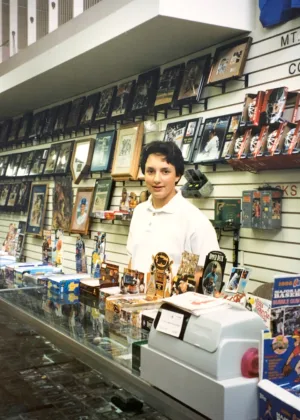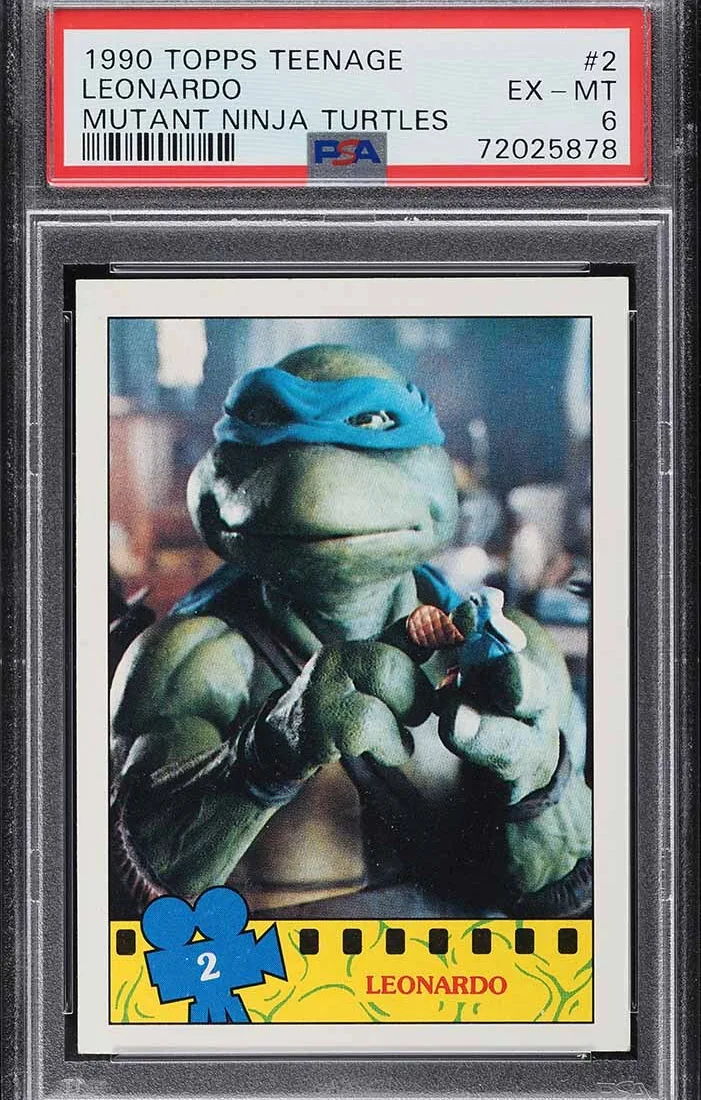
Revisiting an Early ’90s Hobby Classic
In the spring of 1990, the idea of a Teenage Mutant Ninja Turtles movie might have seemed absurd to those out of the know. Here was a film based on a black-and-white indie comic that had started as a parody of popular superhero tropes, featuring four anthropomorphic turtles who lived in sewers, ate pizza, and fought crime with ninja weapons. Oh yeah, they were also named after Renaissance artists and trained by a mutant rat sensei.
Yet, at the time, the franchise was already exploding in popularity, anchored by the quick-hit cartoon that started airing in 1988 and a growing merchandising wing. And so, the live-action adaptation was born.
The late 1980s had been dominated by sanitized superhero fare, but the 1990 TMNT film presented something different. The film’s gritty urban setting, combined with its themes of family, loyalty, and identity, resonated with audiences. And the practical effects, crafted by Jim Henson’s Creature Shop, brought the characters to life.
Each turtle’s face was a masterclass of animatronic engineering, capable of subtle expressions that CGI would struggle to replicate for decades. With only a $13.5 million production budget, the film went on to gross over $200 million worldwide and become the highest-grossing independent movie of its time.
Topps had already gotten in on Tutlemania the year before with a set based on the TMNT cartoon. In 1990, the company followed that up with another run of cards based on the film. This collection included 132 cards and 11 stickers, with vibrant, eye-catching colors that seemed to shout from beneath their glossy finish. Card backs provided character profiles and trivia, offering behind-the-scenes facts and connecting scenes from the film to broader themes.
This extra layer of context made each card more than just a collectible. Rather, the set became a mini-narrative that extended the movie’s impact beyond the screen.
Four Turtles, Four Brothers
The initial cards of the set, #2 through #5 (1 is a title card), introduce the four Turtles. Each card features a golden-yellow film strip along the bottom edge, punctuated by a blue movie camera icon containing the card number. The back of each card is printed on simple gray cardstock with purple text that continues onto the next card.
Card #2, “Leonardo,” offers an intimate portrait of the team’s leader. This quiet moment stands in contrast to the description on the back, which introduces him as a disciplined and “cool under fire” warrior.
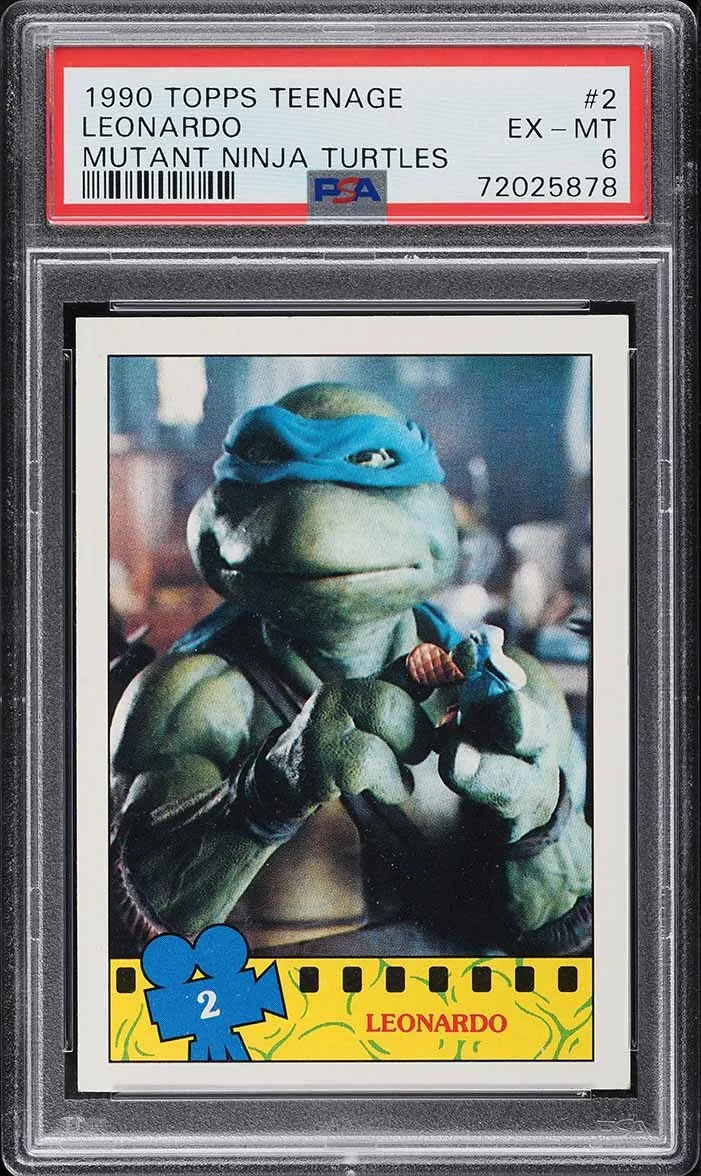
On Card #3, “Michaelangelo,” the set captures the essence of the “happy-go-lucky, rock an’ rollin’, wisecrackin’ surf turtle,” with a candid shot of Mikey holding a telephone receiver to his ear. The back of the card notes that he “lives for pizza and partying.” The spelling of his name with an extra “a” reflects the original comics’ spelling before the animated series popularized the more common “Michelangelo.”
Card #4, “Donatello,” presents the “intellectual of the group” ready to fight, though in fact, there is some confusion here. Though the mask in the photo appears to be purple, and the card claims it depicts Donatello, the dual katana on the back of the featured turtle betray the error that this is actually Leonardo again.
1990 Teenage Mutant Ninja Turtles movie trading card of Donatello, made by Topps (Leonardo pictured) pic.twitter.com/A30RNDP0pL
— 🐢 The Old Turtle Den 🍕 (@TheOldTurtleDen) October 10, 2025
The back of the card explains that Donnie is “masked in purple and armed with a bo” and has a “knack for fixing things.” It also adds a layer of personality, describing him as “often soft-spoken” and possessing a “childlike sense of wonder.”
Card #5, “Raphael,” is pure intensity. The front shows the final brother in his element — a dark sewer tunnel — captured in motion with his signature sai held ready. The image perfectly visualizes the description on the back, which dubs him “Mr. Intensity” and notes that more than his companions, “Raphael has trouble controlling his emotions.”
Raphael’s struggle with anger and vulnerability is a recurring theme in both the film and the card set, making him the most complex and relatable of the brothers for many fans.
TMNT Allies, Adversaries, and Stickers
The world of the turtles is fleshed out through the supporting cast cards, each sharing the same film-strip border design as the brothers. Card #6, “Master Splinter,” offers a serene, close-up portrait of the “wise, spiritual master.” Following him is Card #7, “Reporter April O’Neil,” whose card front shows a warm, smiling portrait that perfectly matches the “pluck and courage” mentioned in her bio.
The back explains her role at Channel Three News — a detail taken from the cartoon, rather than the original comics. Though the movie pulls a lot of material from the latter, April was initially a lab technician there, and the TV series turned her into a reporter.
The turtles’ other human ally is featured on, Card #8, “Crimefighter Casey Jones,” which shows Casey in a confident close-up, unmasked, with a smirk and a battle-earned bruise under his eye. The image complements the text on the back, which defines him as a “self-appointed vigilante” who “wields sports implements as weapons.”
Finally, Card #10, “The Shredder,” presents the main antagonist in an almost full-body shot, poised for battle in a snowy landscape. The image of the armored villain, with his bladed gauntlets ready, gives visual weight to the description on the back calling him “Mysterious, enigmatic… and deadly.”

In addition to these core character cards, the 1990 set includes a wide range of still-shot scenes from the movie, many bearing the names of famous lines or key locations. There’s also a subset of sticker cards featuring the iconic characters.
The Legacy of the 1990 Topps Teenage Mutant Ninja Turtles Set
The 1990 TMNT film’s influence on the superhero genre cannot be overstated. It arrived at a time when comic book adaptations were still finding their footing in mainstream cinema. The film’s respectful approach to its source material — blending elements from both the original comics and the animated series — helped set a new standard, proving that audiences could embrace the absurdity of mutated turtles practicing ninjutsu if the emotional core still felt authentic.
Despite their iconic status, these cards remain widely available and accessible to collectors. The cards continue to appear frequently on the secondary market, making it easy for new fans to start a collection or for longtime enthusiasts to complete their sets.
The enduring popularity of the set is reflected in its constant presence in online marketplaces and its steady, affordable value. While some cards — especially main characters and sticker cards — are more sought after, the set’s accessibility ensures its legacy continues for generations.
Cowabunga, indeed.
More Topps
-
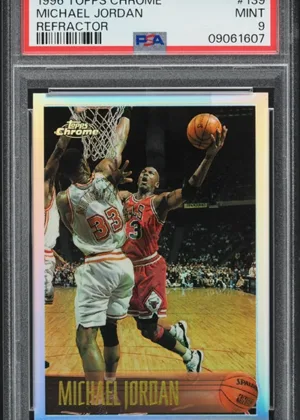
Topps Chrome Basketball Michael Jordan Cards Through the Years
-
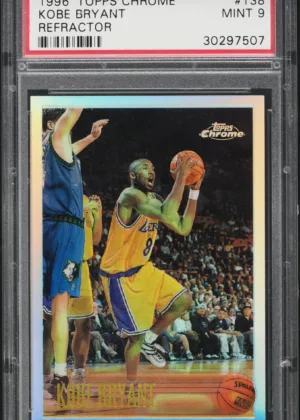
The Best Basketball Cards of All Time | Kobe Bryant
-

2025 Topps Holiday Gift Guide | Shop the Top Card Sets for Collectors
-
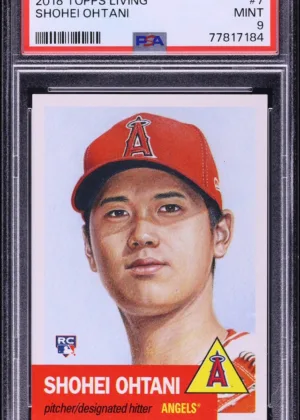
Perfect 2025 Topps Holiday Gifts for Card Collectors
-
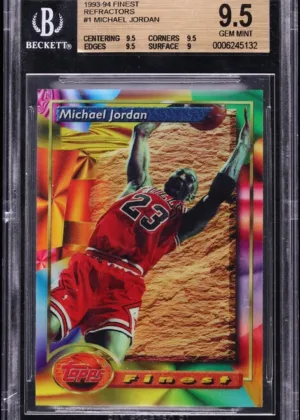
Michael Jordan & The Hobby
-

MVPs and Hobby Heroes: Ohtani and Judge Cards Stay on Top
